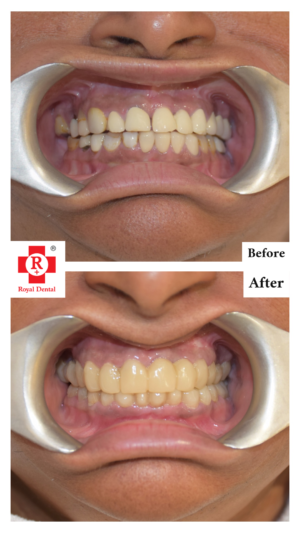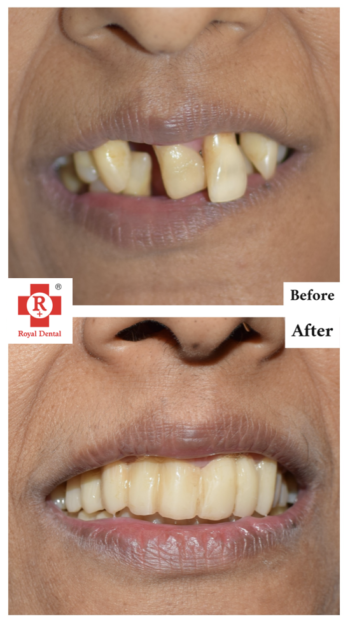Maybe your dentist has recommended a root canal or maybe you’ve read about them somewhere. Maybe you’re scared, and that’s OK. Dentistry is scary for most people the first time they experience it. However, if you’re thinking about avoiding the procedure because it sounds painful or scary, know this: A root canal treatment rarely hurts and is nothing to be afraid of. It can save your natural teeth instead of requiring you to get dentures later in life. Here’s everything you need to know about them so you can make an informed decision when your dentist proposes treatment.
What is a root canal?
It is a procedure that removes the dental pulp in a tooth, along with the surrounding inflammatory tissue. You might have heard someone refer to their tooth as having “rotted out”. The dental pulp is the soft, sponge-like tissue inside a tooth that houses nerves, blood vessels, and connective tissues. If a tooth’s pulp becomes inflamed or infected (which usually happens because of deep decay and not surface stain), root canal treatment is necessary to save the tooth. The pulp is removed and the inside of the tooth is cleaned and shaped to create a new space for the blood and connective tissues. After the treatment, a filling is placed to seal the tooth and prevent bacteria from growing inside the tooth again.
What happens during a root canal?
You will likely feel a little bit of pain from the numbing shot that your dentist administers. However, once the injection takes effect, you won’t feel anything. Your dentist will remove the surrounding infected tissue to clean the inside of the tooth. They’ll also remove the pulp to prevent the infection from spreading to your gums and jaw.



Once the cleaning process is complete, your dentist will fill the inside of the tooth with a material to prevent bacteria from growing there again. If your tooth has decayed to the point where it’s beyond repair, your dentist might suggest removing it entirely and placing a bridge or denture instead.
Are root canals painful?
A root canal is not painful but the procedure that precedes it might be. Before a dentist can perform a it, they have to numb the area around the tooth so they can access it properly. While many dentists use a topical anaesthetic that you apply to the inside of your cheeks or gums, others might suggest you get a shot of numbing medication. The shot will numb the area around the tooth but won’t travel into your bloodstream, so there are no side effects.
However, getting the shot is uncomfortable for most people, so you might experience some mild pain during the root canal procedure. Most people feel no pain from the treatment itself because the dentist will numb your tooth with a local anaesthetic. The pain is rare and many people who undergo the procedure don’t experience any pain at all.
Risks and complications
The main risk with a root canal is that the infection will spread to other parts of your body. If the infection is left untreated, it could travel to the lymph nodes and cause a serious infection. If the infection reaches your bloodstream, it could even kill you. Other than that, there are no major risks associated with it. The majority of complications that arise from them are associated with the procedure itself. If your dentist doesn’t clean out the inside of your tooth properly, the infection could return.
To prevent this, you’ll likely need to return to the dentist for a filling or crown installation shortly. If your dentist doesn’t seal off the inside of the tooth properly, bacteria could travel into your bloodstream. Additionally, if the dentist doesn’t seal the tooth properly, it could become loose and need to be removed.
Can a tooth with a root canal be crowned?
Yes, you can get a root canal on a tooth and have a crown put over it. If you need a root canal on a tooth that has significant decay, the tooth could be beyond repair and need to be removed. In this case, your dentist will likely suggest you get a bridge or denture to replace the missing tooth. If you get it on a tooth and want to keep it, your dentist can place a crown over the tooth to protect and strengthen it.
Conclusion
A root canal is an often-misunderstood dental procedure that is necessary for certain situations. While a root canal is typically described as an extremely painful procedure, this is not the case. Additionally, a root canal can be treated, and the tooth can be saved. A root canal is a necessary procedure, and those who get one are often happy they did, as it can save their teeth from having to be pulled out completely. If you think you need a root canal, don’t delay in getting treatment.






